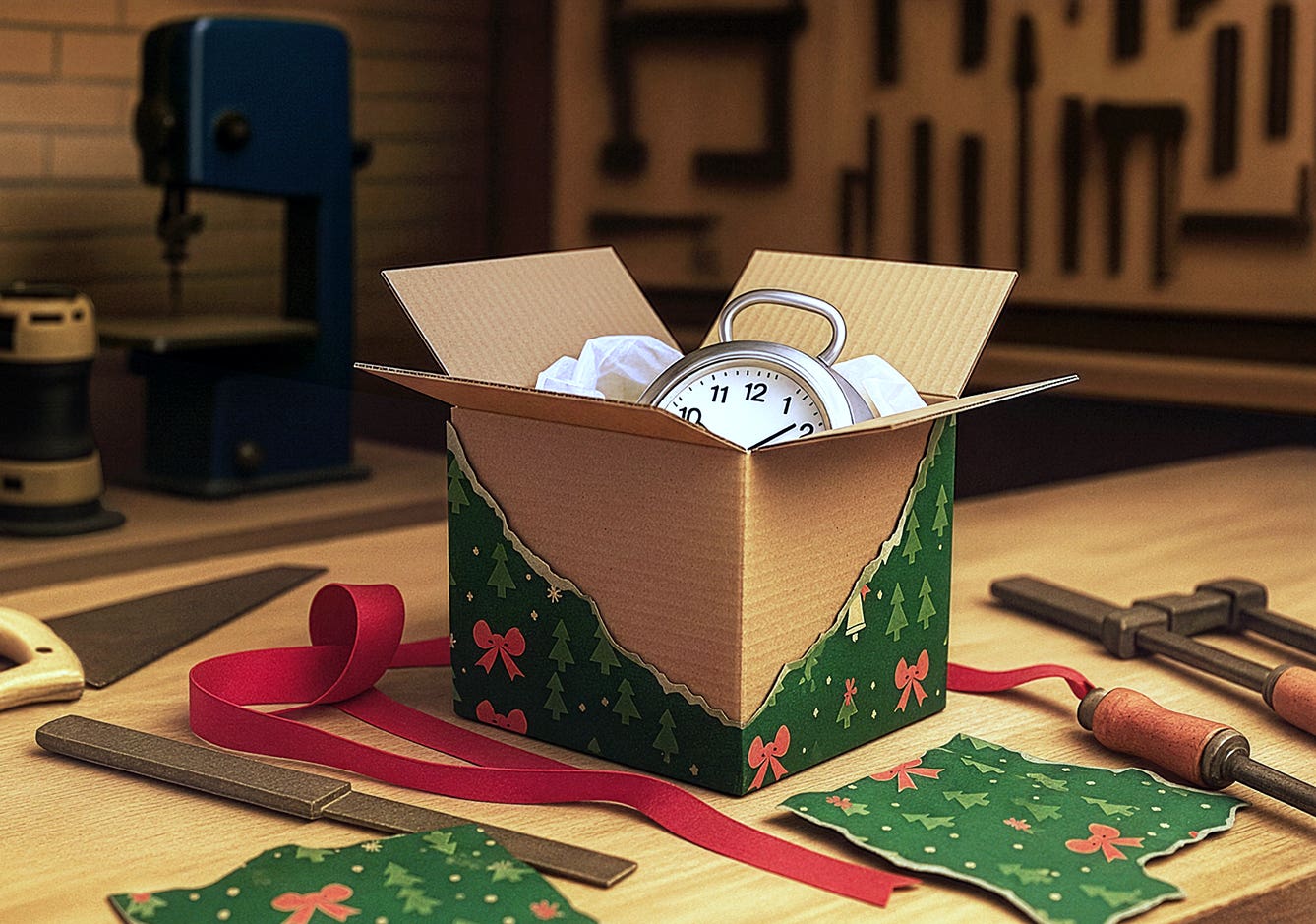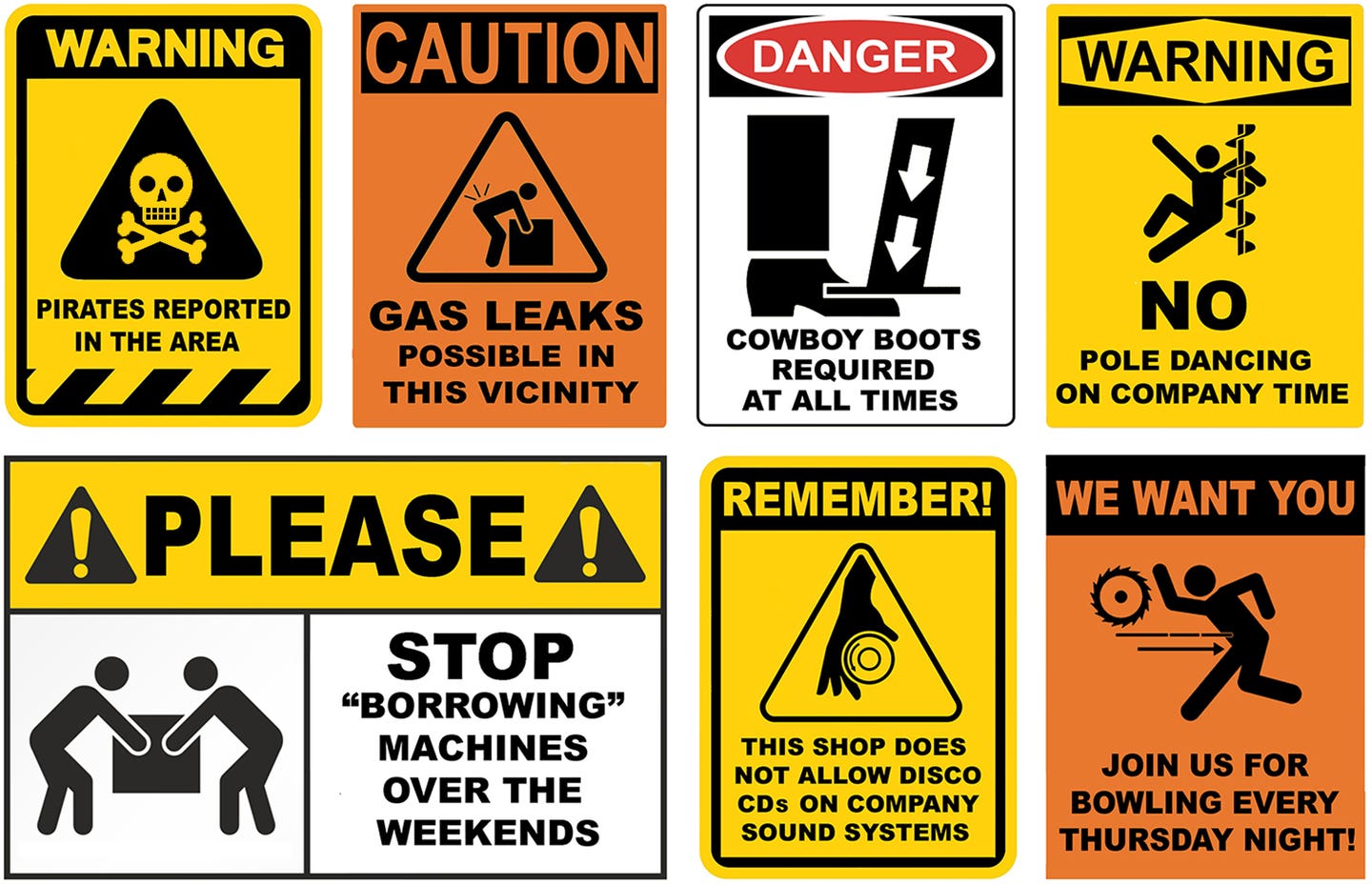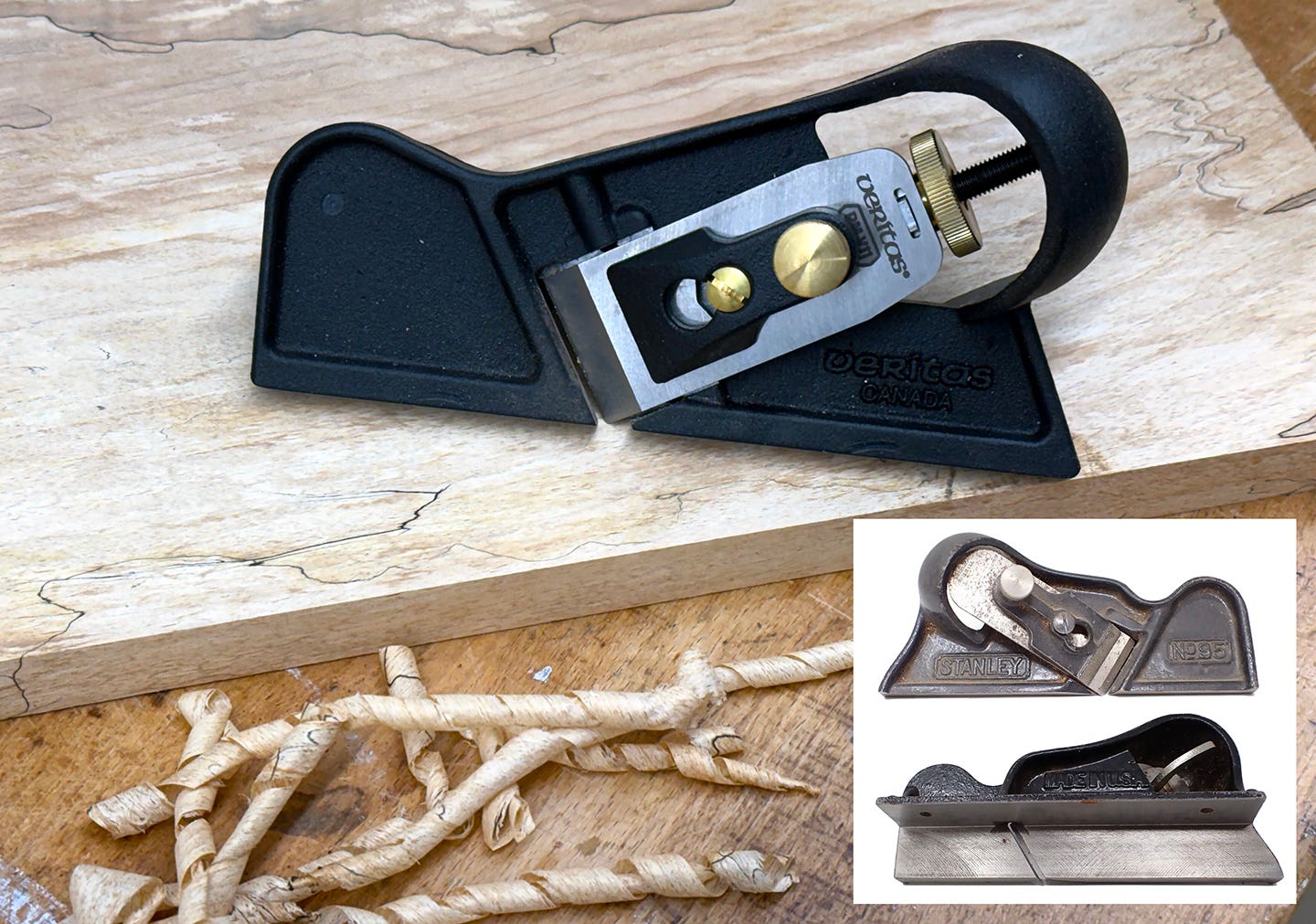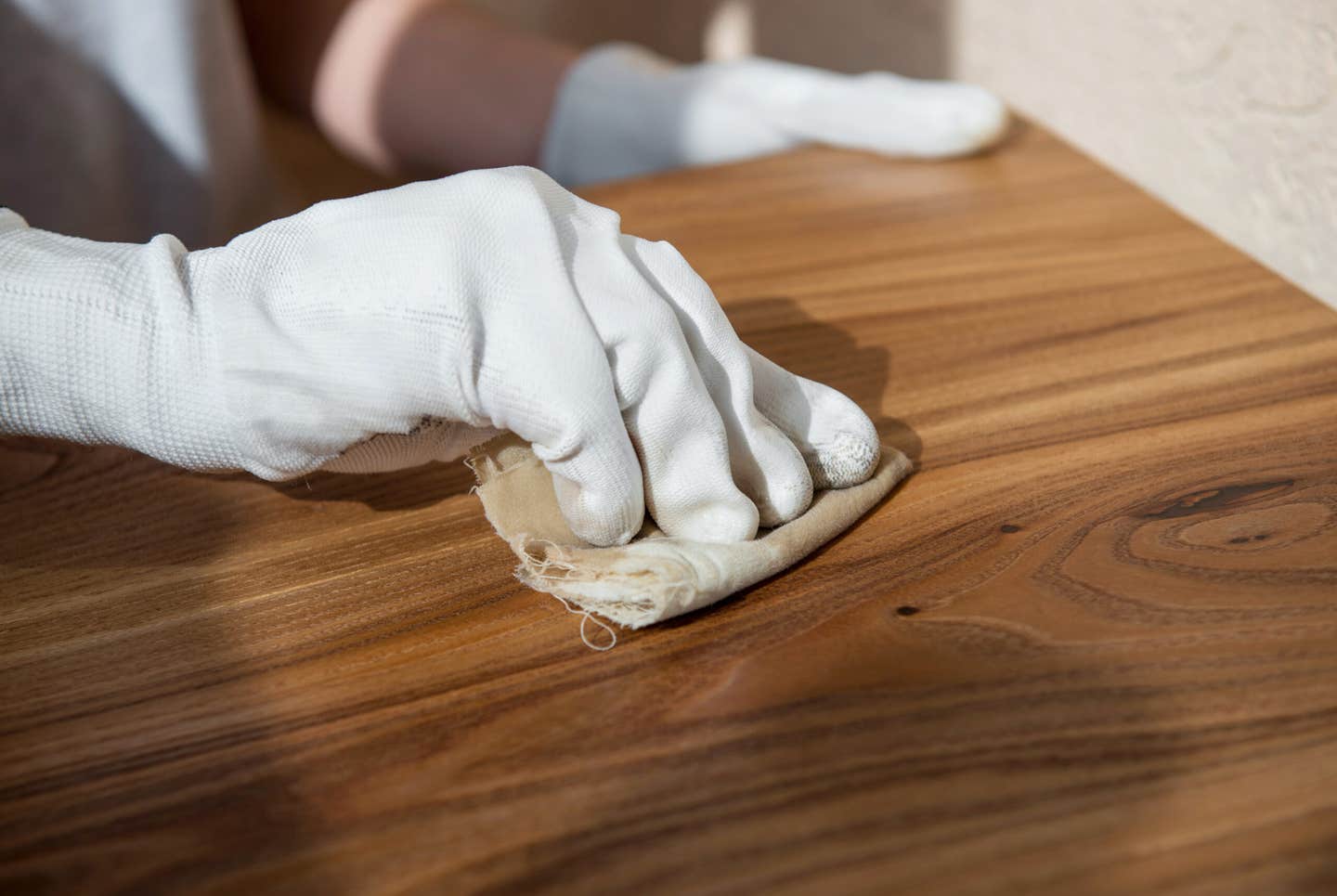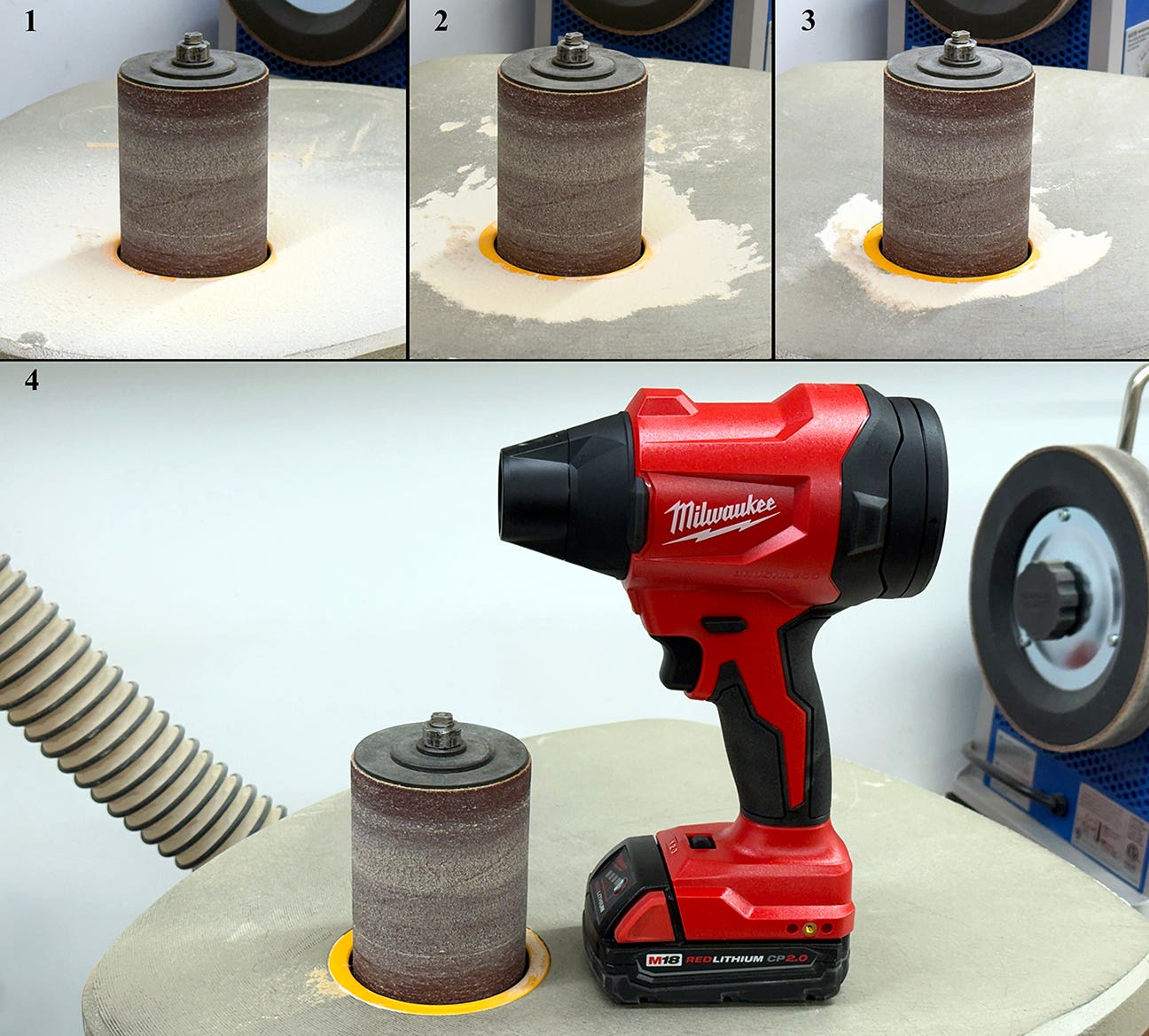Repairing “antiques”
With the economy being what it is these days, I’m inclined to accept a lot of work that I might have turned down when things were a bit more flush….
With the economy being what it is these days, I'm inclined to accept a lot of work that I might have turned down when things were a bit more flush. Much of that work involves repairing furniture and most of the calls I get seem to involve "antiques". Now, you might be wondering why I keep bracketing antiques in quotes. It's because most people do not understand the difference between valuable antiques and old furniture.
During the 20s and 30s there was a lot of furniture produced in factories, made mostly of oak and maple. This was the period's version of what you would buy at Ikea today. When the "antique craze" exploded in the 60s, second-hand shops and antique stores were full of the stuff. Many people made the presumption that these were valuable antiques but the real valuable antiques were made of woods like mahogany, walnut and rosewoods, and were not likely to be found in second-hand stores. This, I believe, is also how "solid oak" became synonymous with "quality" in the minds of many.
What mostly comes my way are pieces of old furniture with no particular value as antiques. While it's always hard to pop someone's bubble by telling them that grandma's dresser does not really have much value beyond the sentimental, the bright side is that there is really no risk of destroying the desirability of a valuable antique by repairing, modifying or refinishing it. I recently rebuilt an old oak dresser for a guy who was happier spending a few hundred to fix up something that was actually made of wood in lieu of buying a new veneered MDF clunker.
There is no doubt that the factory furniture of the 20s and 30s was of much better quality than today's equivalent. And these pieces do have a certain charm that is lacking in most factory-made contemporary furniture which makes it worthwhile to put at least some resources into keeping them alive.
D.D.
David DeCristoforo possesses an extensive resume as designer/maker of fine furniture, high-end cabinetry and architectural woodwork. His experience in professional woodworking spans a period of 35 years. For the past 20 years David DeCristoforo Design has been located in Woodland, California. During this time David's shop has ranged in scope from a "full on" cabinet production shop with as many as 15 employees to a small fine furniture and custom millwork shop, working with his son, David RBJ, a highly skilled maker in his own right.


